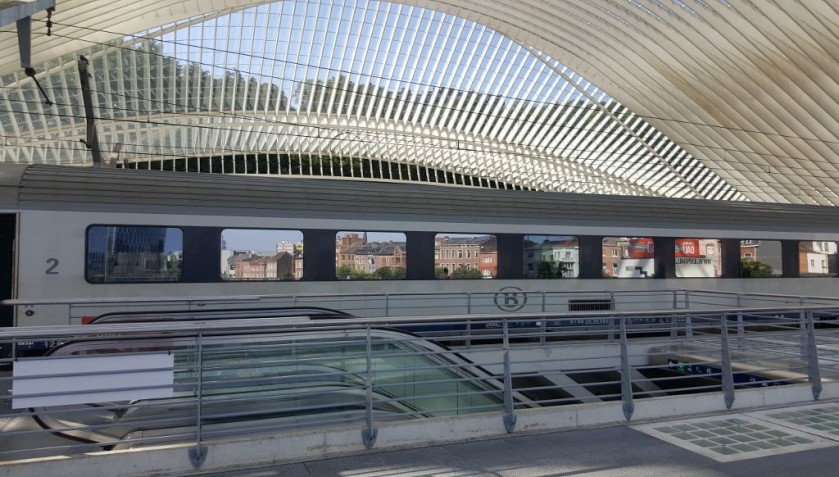Related Content
Content
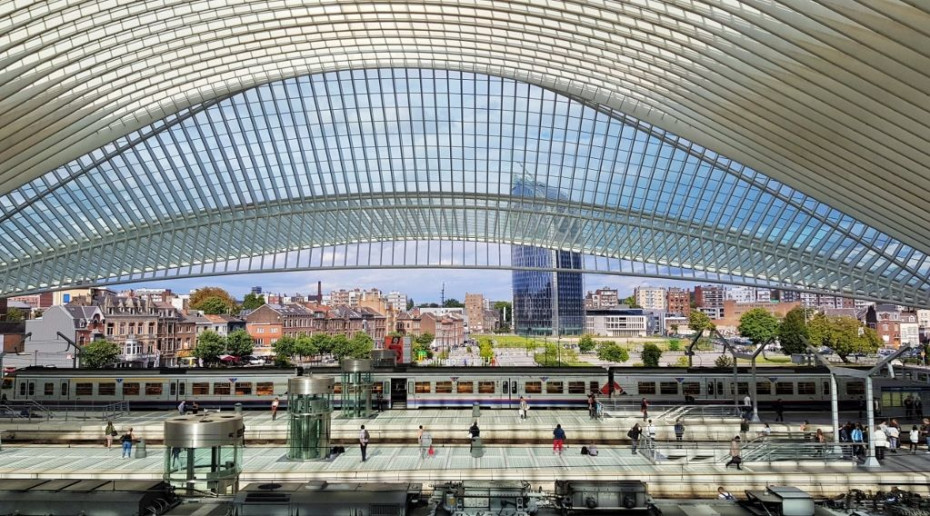
Liège-Guillemins (Liège / Luik / Liege)
Arguably Europe's most stunning 21st century train station, if you're interested in architecture and on a train passing through Liège-Guillemins, get off and take the next train if you can!
Share
At a Glance
Services
Left Luggage
Travel Information Desk
Local Tourism Information
Onward Travel
Bus Station
Taxi Rank
Accessibility
Step Free
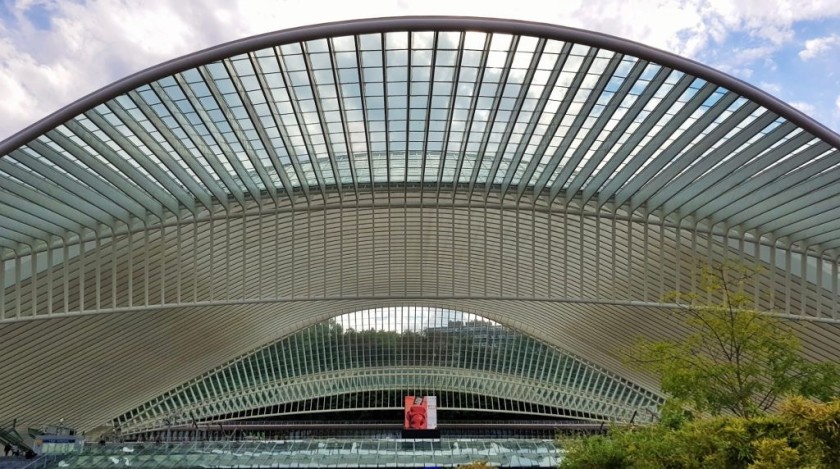
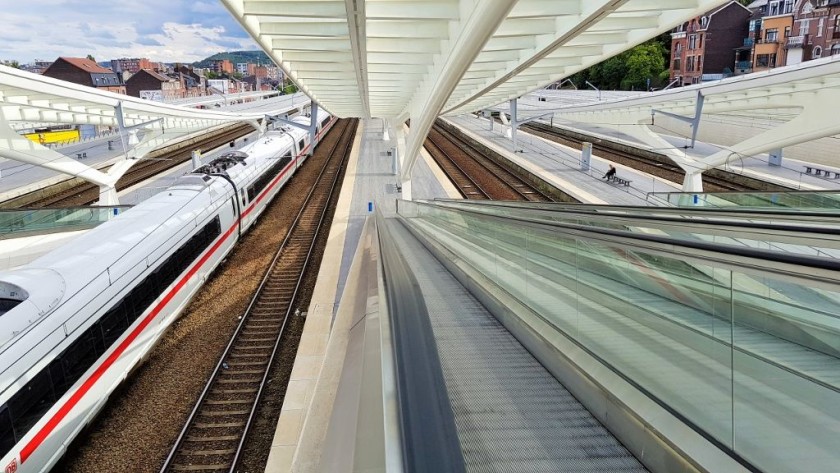
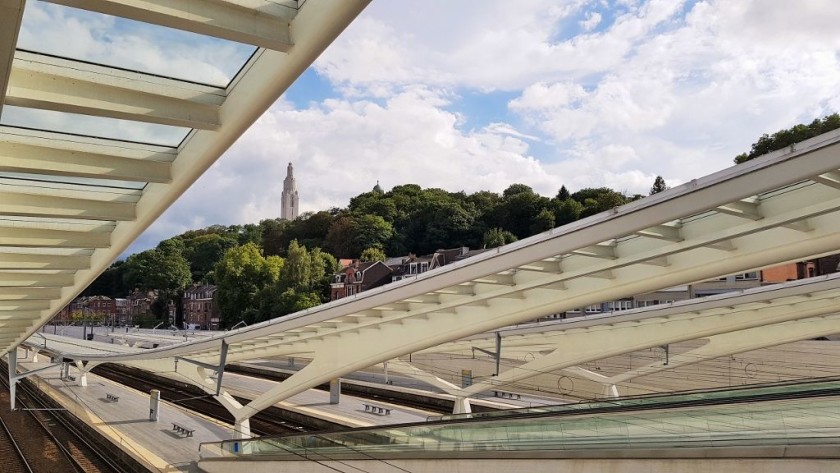
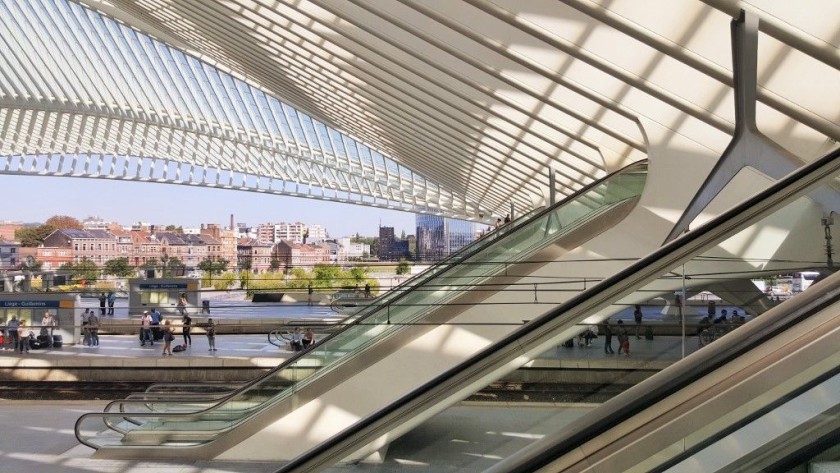
Thanks to its design Liège-Guillemins is also comparatively easy to use railway station; though on a windy winter day it can be a good idea to linger in the passage below the platforms until a couple of minutes before the train departs.
The architecture is beautiful, but the protection from the elements isn’t ideal.
Liège-Guillemins station is located to the south of the city centre, but the city has two other stations which are closer to the historic heart of the city; which are served by up to five trains per hour from Liège-Guillemins; including trains from Mons and Namur.
Liège-Carre lives up to its name with a location by the old town area named Le Carré, though the station is tucked away in a back street, the cathedral and the city's main shopping street are within a 10 minute walk.
Liège-Saint Lambert is on the opposite side of the city centre to Liège-Guillemins, it is within a 5 min walk of Les Palais des princes-évêques.
Another option for accessing the historic heart of the city is to take a bus from the stops outside the station; Liège doesn't have a tram city or a metro.
The nearest bus stop to the cathedral is at Pont D’Avroy (not Parc D’Avroy), numerous bus lines operate from the station to this stop including lines 1, 4, 25, 48, 64, and 65.
Walking to the heart of the city from Liège-Guillemins would take 20-30 mins.
Departing by train:
When approaching Liège-Guillemins station from the city centre on foot, or if you have taken a bus to the station, ignore the wide staircases that sweep up to the station, as they only lead up to voie (platform/perron) 1.
Instead walk passed them and use the doors at street level in the middle of the station under the green glass roof.
These doors lead to a passage way, which runs under the tracks and it houses all the main facilities at the station, ticket office/machines etc; plus it provides access by escalator and lift to all the of voies (perrons/platforms), that the trains depart from.
The specific voie/perron/platform that a train will be leaving from isn't usually confirmed until 10 - 20 mins prior to departure.
New security screening has been introduced for access to the Thalys trains and as a result the Thalys AND ICE trains now tend to use the eastern end of voies/perrons/platforms 2 - 3.
The voies/perrons/platforms at Liège-Guillemins aren’t zoned, so the departure information at the station gives no indication of where to wait on the voie/perron/platform for specific coaches or 1st class etc.
Though on ICE trains heading to Germany, the 1st class tends to be at the front of the train, while on Thalys trains it is usually at the rear.
So if you're heading to Paris by Thalys, the 1st class is usually at the front of the train.
(The ICE and Thalys trains cannot be used for journeys between Liege and Bruxelles and Brussels).
If you arrive by taxi, it will most likely drop you at the upper level on the other side of the station
Two bridges span the tracks from this car drop off zone; if you're taking a Thalys or ICE use the bridge over the tracks to the right.
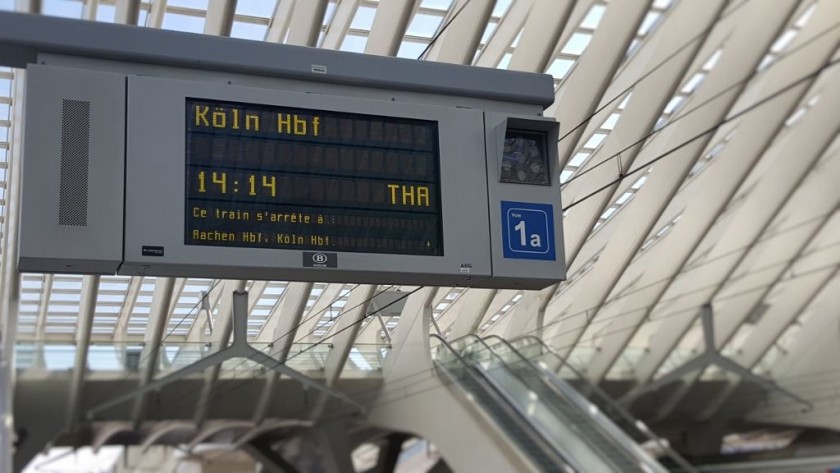
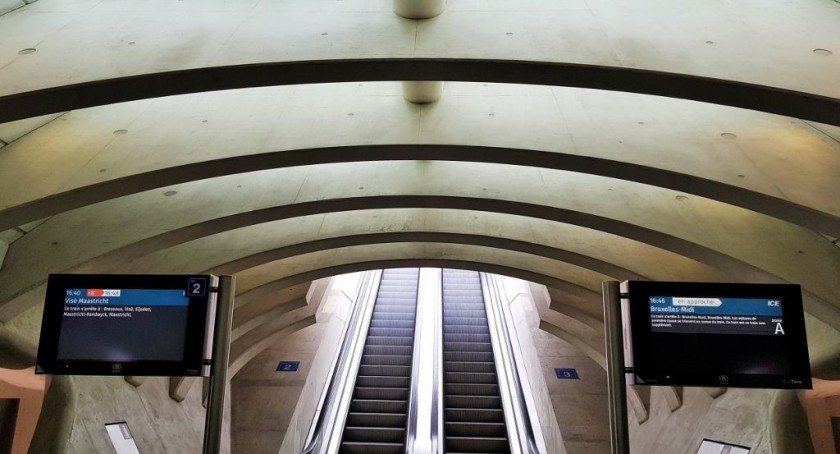
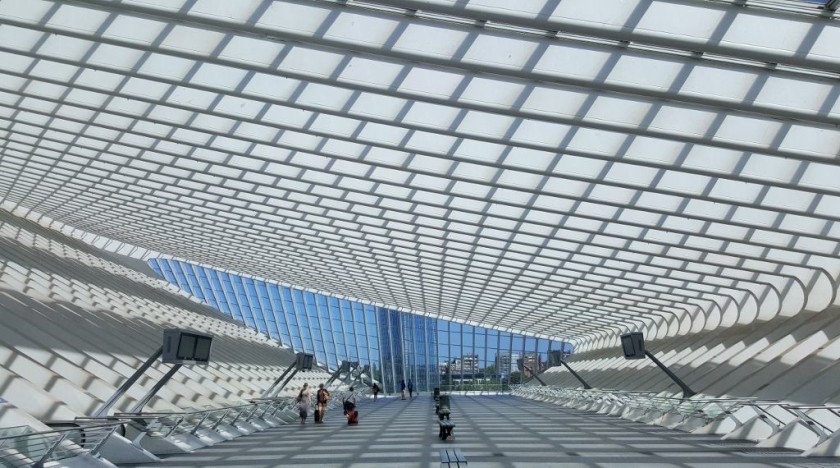
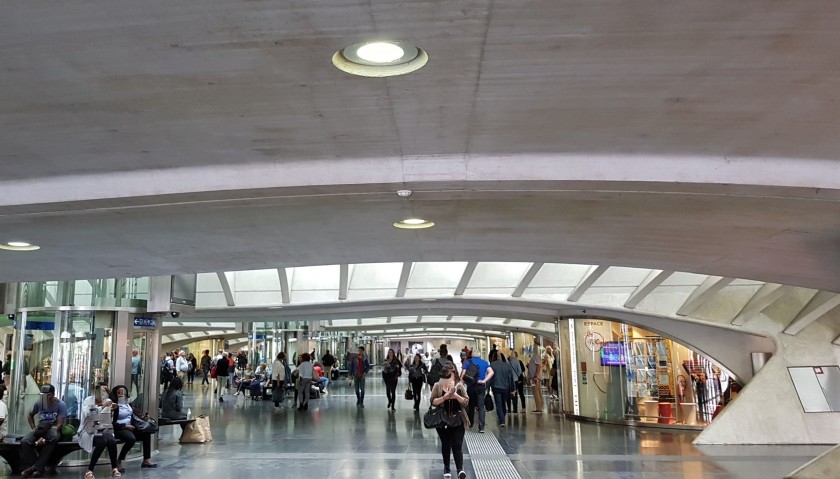
Arriving by train:
If your train arrives at voie/perron (platform )1 (and the IC trains from Bruxelles/Brussels generally do) then you can use the stairs to leave the station; hough if you have luggage etc, there are also escalators and a lift available.
If you're heading to the city centre on foot or public transport, and your train arrives at voies/perrons (platforms) 2 - 8, you will need to descend, into the passage beneath the tracks, in order to exit the station.
There will be elevators available so don't assume you have to use the escalators.
When you have stepped out of the station, the bus stops for connections to the city centre are over to the left.
If you're taking a taxi, you need to take a different route and ascend to the upper level, using the escalators or travellators.
If you will be changing trains don't exit from the voie/perron/platform your train has arrive at, until you have checked the departure posters on each voie/perron/platform - blue header for Mon-Fri, orange for Sat/Sun.
You may be able to simply wait on the same voie/perron/platform for your next train.
If you want to grab a drink or something to eat between trains, then descend into the passage beneath the platforms, or alternatively use the spectacular bridges to transfer to another voie/perron/platform.

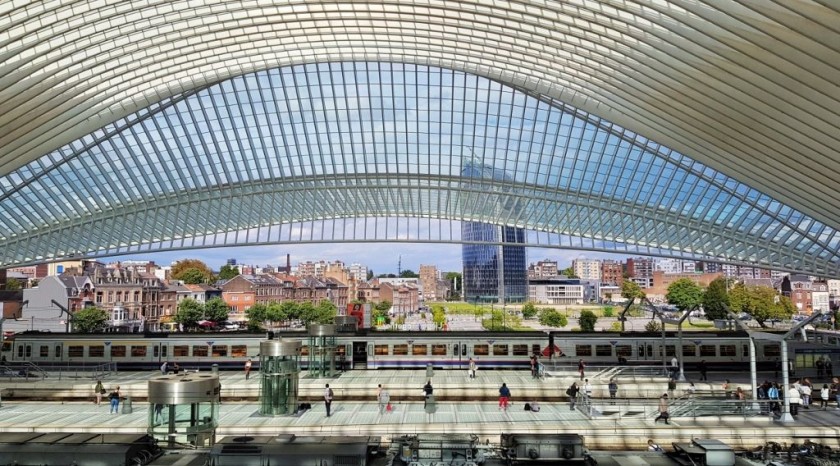
Journeys
# Jump to a directionDirections
Journeys to Liège-Guillemins
Jump to directionsBruxelles / Brussels to Liège / Luik / Liege by train
This second version of ShowMeTheJourney is exciting and new, so we are genuinely thrilled that you are here and reading this, but we also need your help.
We’re striving not to let anything get in the way of providing the most useful service possible, hence a facility has been set up with DonorBox which can be used to support the running costs and make improvements.
Instead of advertising or paywalls, your financial support will make a positive difference to delivering an enhanced service, as there’s a lot of ideas which we want to make happen.
So if you have found the info provided here to be useful, please consider saying thank you.

This is one of more than 100 train travel guides available on ShowMeTheJourney, which will make it easier to take the train journeys you want or need to make. As always, all images were captured on trips taken by ShowMeTheJourney.


